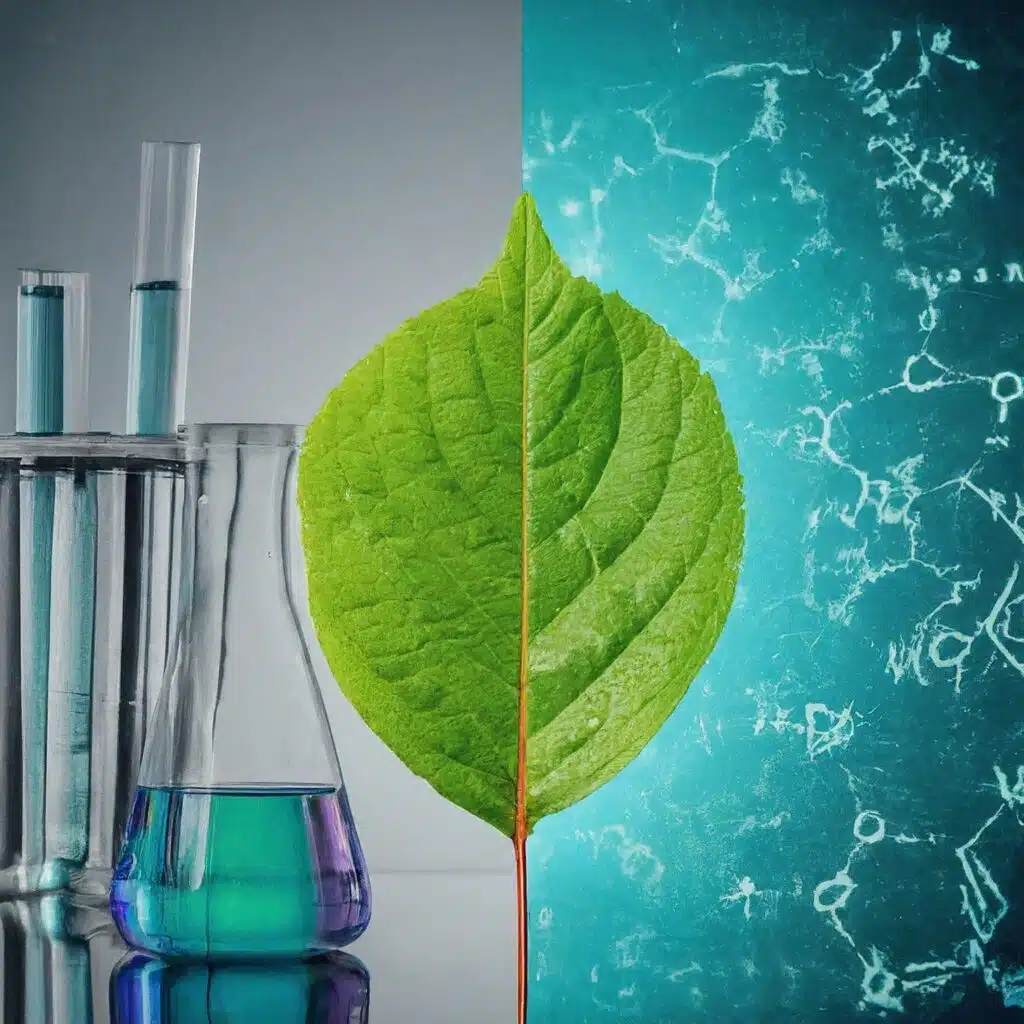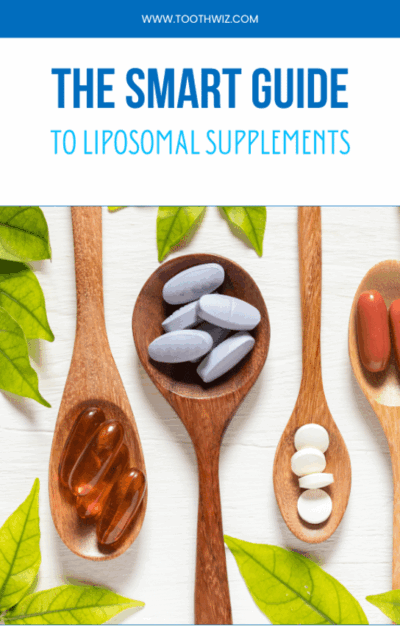In Singapore, it is illegal to sell or own chewing gum, a law enacted to maintain cleanliness in public spaces. While not directly related to dental hygiene, this law reflects the government’s efforts to promote oral health by discouraging gum chewing, which they feel can contribute to tooth decay and gum disease.
A point of clarification may be helpful here: While chewing sugarless gum can help stimulate saliva production and potentially reduce tooth decay, it’s important to note the distinction between sugarless gum and gum that contains sugar. Chewing gum containing sugar can contribute to tooth decay and gum disease due to the interaction between sugar and bacteria in the mouth, which leads to the formation of acids that attack tooth enamel. The presence of sugars can also promote the growth of harmful bacteria in the gum tissue, leading to inflammation and infection. This inflammatory response can eventually progress to gum disease, characterized by symptoms such as swollen, tender, or bleeding gums, and in severe cases, it can lead to gum recession and tooth loss.
On the other hand, sugarless gum, typically sweetened with artificial sweeteners like xylitol, does not pose the same risk to dental health. In fact, chewing sugarless gum after a meal can help remove food particles from teeth, stimulate saliva flow, and neutralize acids in the mouth, all of which can help reduce the risk of tooth decay.
Therefore, while chewing gum in general may have dental health benefits, it’s crucial to choose sugarless gum to avoid the negative effects of sugar on teeth. Dentists often recommend sugarless gum as part of a dental care routine, particularly after meals, to promote oral hygiene and reduce the risk of tooth decay.




